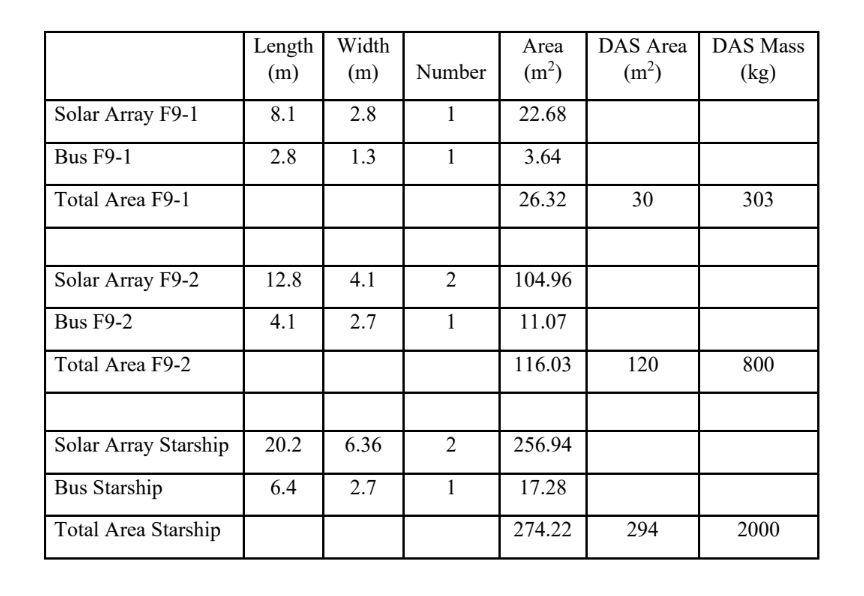SpaceX has told the US Federal Communications Commission (FCC) that it plans to begin launching its first next-generation Starlink Gen2 satellites before the end of 2022.
The FCC only just granted SpaceX partial approval of its Starlink Gen2 constellation, which has been under review since May 2020, in late November 2022. Just a week or two later, in several filings asking the FCC to expedite Special Temporary Authority (STA) requests that would allow it to fully test and communicate with its first next-generation satellite prototypes, SpaceX said [PDF] that it “anticipates that it will begin launching Gen2 satellites before the end of December 2022.”
In most of the main STA requests filed in early December, SpaceX appears to be asking the FCC to add Starlink Gen2 satellites as approved points of communication for user terminals and ground stations that are already licensed. Those include its new high-performance dishes, newer base-model dishes (both fixed and in motion), and first-generation (round) dishes. While the FCC’s recent actions on Starlink do not raise confidence in its consistency, objectivity, and rationality, these requests should be shoe-ins.
SpaceX also wants permission to activate Very High Frequency (VHF) beacons that are meant to be installed on all Starlink Gen2 satellites. Those beacons would serve as a backup to existing telemetry, tracking, and command (TT&C) antennas and decrease the odds of a total loss of control by ensuring that SpaceX can remain in contact with Gen2 satellites regardless of their orientation – an ability that would obviously improve the safety of Starlink orbital operations.
Given how unusually long it took the FCC to review SpaceX’s Starlink Gen2 applications and how arbitrarily strict it was with its partial Gen2 license grant, it’s hard to say if the FCC will grant these STA requests or how long it will take if it does. SpaceX finds itself in a strange position where the FCC has given it permission to begin launching up to 7500 Starlink Gen2 satellites, but has not granted SpaceX permission to use those satellites to communicate with user terminals.
To the FCC’s credit, a constellation operator has never been ready to launch satellites less than one month after launches were approved, and it’s likely that the processes to ensure those satellites can be properly used after launch are ongoing. Additionally, because of the FCC’s arbitrary license restrictions, SpaceX is not allowed to launch or operate any Starlink Gen2 satellites outside of a narrow range of altitudes (475-580 km). After launch, Starlink Gen2 satellites will likely take around two or three months to reach those operational orbits, only after which can SpaceX begin using them in earnest. As long as the FCC approves most of SpaceX’s December 2022 STA requests, the disruption to Starlink Gen2 deployment and on-orbit testing should thus be limited.
Next week?
While SpaceX’s schedule targets can often be easily dismissed for future projects, there is evidence that SpaceX will actually attempt to launch the first Starlink Gen2 satellites before the end of the year. Earlier this month, SpaceX received permission to communicate with a Falcon 9 rocket for a mission called Starlink 5-1. One of five orbital ‘shells’ that make up SpaceX’s first-generation Starlink constellation does technically have zero satellites and is awaiting its first launch. But that shell (Group 5) is polar, meaning that its satellites will orbit around Earth’s poles, and the STA license the FCC granted indicates that this launch will be to a more equatorial inclination, which would not make sense for a Group 5 launch.
It’s thus possible that SpaceX decided to repurpose the STA for its first Starlink Gen2 launch, which the company cannot currently launch to an inclination other than 53 degrees – roughly the same trajectory indicated by the document. Starlink Gen1 has two 53-degree shells, Group 1 and Group 4, and both are nearly complete and would likely be called Starlink 1-XX or 4-XX in FCC filings. Combined with SpaceX stating in its VHF beacon STA request that initial Starlink Gen2 launches will start in “late December 2022,” and unofficial manifests indicating that SpaceX has a Starlink launch scheduled as early as December 28th, it certainly appears that first Gen2 satellites will reach orbit later this year.
“F9-1” is Starlink Gen1, while “F9-2” is Starlink V2 Mini and “Solar Array Starship” refers to the full-size Starlink V2 variant. These figures
More likely than not, they will be Starlink “V2 Mini” satellites – a downsized variant created to maximize the efficiency of Falcon 9 Starlink Gen2/V2 launches while SpaceX’s next-generation Starship rocket remains stuck on the ground. The Starship-optimized Starlink V2 satellites SpaceX initially hoped would be the only version reportedly weigh about 1.25 tons (~2750 lb) and measure roughly 6.5 by 2.7 meters (21 x 9 ft). According to an October 2022 FCC filing, Starlink V2 Mini satellites will still be several times larger than today’s Starlink V1.5 satellites, weighing up to 800 kilograms (~1750 lb) and measuring 4.1 by 2.7 meters (13.5 x 9 ft).
SpaceX says Starlink V2 Mini satellites will also have a pair of massive solar arrays with a total array of 120 square meters (~1300 sq ft). Assuming V2 Mini satellites are roughly as power-efficient as V1.5 satellites and use similarly efficient solar arrays, that indicates that could offer around 3-4 times more usable bandwidth per satellite. Assuming SpaceX has again found a way to use all of Falcon 9’s available performance, each rocket should be able to carry up to 21 Starlink V2 Mini satellites to low Earth orbit.
The post SpaceX might launch first Starlink Gen2 satellites next week appeared first on TESLARATI.
Source: TESLARATI
